INTRODUCTION TO MINDFULNESS MEDITATION
In Week 1, we take a look at what meditation is – and what it isn’t; we learn how to sit, and we get to know our body and our breath as popular objects of meditation.
What is mindfulness meditation?
There are many types of meditation and there are many definitions! I quite like this definition by John Kabat-Zinn – “meditation isn’t relaxation spelled differently.” In my own experience, I agree, the point of meditation isn’t to get calm (although that’s one thing we can experience). It’s to be with whatever is happening in this very moment – in non-judgemental way, even kind way.
When we can accept what’s happening in this moment, we let go of wishing that the present was better or different than it actually is right now. And that’s when we might experience calm. But calm isn’t necessarily the goal.
How to sit?
Find yourself a spot where you won’t likely be interrupted (by kids or dogs or phones!)
You can sit or lay down or even stand to meditate – it doesn’t really matter. However my preference personally is to sit either in a chair, or on a cushion on the floor. Back relaxed but straight, and hands resting comfortably in my lap.
You can meditate laying down if you’re trying to get to sleep, but otherwise I prefer sitting up so that I don’t nod off. Again – don’t take my word for it – try a few positions for yourself (even a full lotus if you must!) and see what works for you.
Welcome to Week 1 of Introduction to Mindfulness – Awareness of Body and Breath.
I’m really pleased you’re here.
Feel free to close your eyes, or lower your gaze a short distance in front of you. And have a little check-in with how your mind is feeling at the moment. You might describe it as busy, calm, sleepy, alert, tense or something different.
And for our first meditation we’re going to get acquainted with our body and our breath. Because when we’re more aware of our body, and more aware of our breath, then we’re more likely living in the present moment. And the present moment is the only place where our life actually occurs.
BODY
So to start with, try to imagine, or get a sense for, your whole body sitting here right now.
From head to toe, your entire body sitting wherever it is.
And now notice how your body is sitting here.
Feel the hands as they’re touching each other, or resting on your thighs.
Feel your feet, as they’re touching the floor or another body part.
Feel the underside of your thighs and bottom supported by the cushion or the chair.
And notice what your posture’s doing.
If you’re sitting in a chair, try to spend some of the time with your spine free from the back, in a relaxed, straight line towards the sky. But if you need to lean back, or slouch down off your sit bones it’s OK, go ahead and change position if you need to. And then return to a straighter posture when you’ve had a rest.
Let’s now focus our attention on our upper body. Relax the shoulders. Let them drop. Keep your head fairly straight with your chin slightly tucked in. If you’re feeling sleepy, you can tilt your head slightly upwards and if you’re feeling over-stimulated with a really busy mind, try dipping your chin slightly downwards.
Relax the face.
Relax the jaw.
Relax the temples.
Relax the forehead.
BREATH
We’ll now spend some time getting to know the breath.
There are many, many objects of meditation but one of the most common is our breath. Because it’s always with us and it’s easy to locate.
So, let’s take a couple of big deep breaths. However you’d like to. Either through the nose, or through the mouth, or a combination of those. It doesn’t really matter.
And through that, trying to work out where you most easily feel the breath. It could be at the tip of your nostrils where the cool air enters. It could be at the back of your throat before it travels down the windpipe. Or perhaps it’s the the rising and falling of your belly.
Wherever it is, for the next few moments spend some time noticing this breath.
Just breathing as you normally would, letting it return to its natural rhythm, not forcing it in any particular direction.
Breathing in. Breathing out. Breathing in. Breathing out.
Keeping your concentration light and relaxed as you pay attention to the sensation of breathing.
And while you’re breathing, you’ll most likely be thinking. Thoughts will come and go even while you’re focusing on the breath. That’s perfectly OK. No need to worry.
And at some point, you’ll lose focus of the breath altogether and become lost in a daydream.
And then you’ll come out of it and remember the breath.
The aim of the practice isn’t to feel shame every time our minds go wandering. It’s to start to notice the subtle difference between being alert – and present and being in a daydream – or not present.
So for the next 6 minutes, we can practice this in silence until you hear the gong go.
Enjoy.

